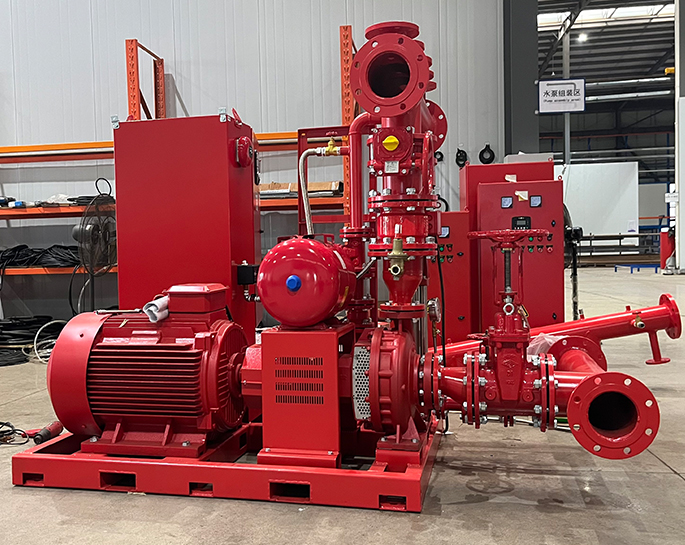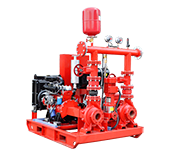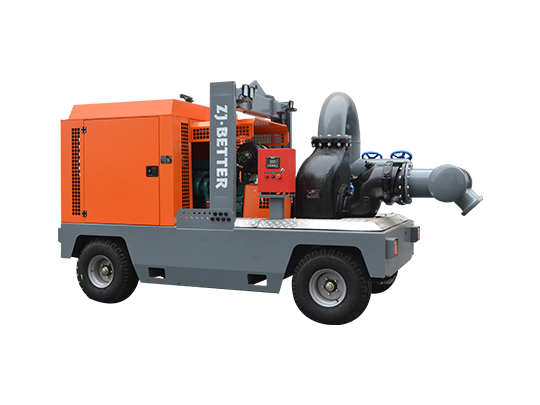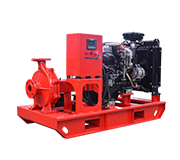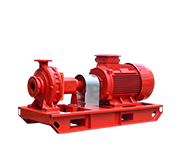Operating a fire pump requires attention to several critical aspects to ensure its reliable performance during an emergency. Here are key considerations:
-
Regular Inspections:
- Conduct daily visual inspections to check for any signs of damage, leaks, or unusual noise.
- Ensure that the pump and its components are free from debris, dirt, and corrosion.
-
Fluid Levels:
- Regularly check fluid levels, including fuel, oil, and cooling water levels, and top them off as needed.
- Ensure that the fuel supply is sufficient, and the fuel is clean and uncontaminated.
-
Lubrication:
- Lubricate moving parts according to the manufacturer's recommendations.
- Pay special attention to bearings, seals, and other components that may require regular lubrication.
-
Power Supply:
- Verify that the fire pump has a reliable power source. In case of an electric pump, ensure that the electrical system is functioning correctly.
- Diesel-driven pumps should have a properly fueled and operational engine.
-
Control Panel Check:
- Inspect the control panel for any fault indicators or alarms.
- Test the controls to ensure proper functionality.
-
Valve Operation:
- Check the operation of valves in the pump system. Ensure that they are not stuck or leaking.
- Exercise control valves to prevent them from seizing due to lack of use.
-
Pressure Gauges:
- Regularly monitor pressure gauges to ensure they are within the specified range.
- Calibrate pressure gauges as needed to maintain accuracy.
-
Emergency Stop Test:
- Test the emergency stop mechanism to ensure it works effectively.
- Confirm that restarting the pump after an emergency stop is smooth.
-
Battery Check:
- If the fire pump has a backup battery system, test and replace batteries as needed.
- Ensure that the battery charger is operational.
-
Water Supply:
- Confirm that the water supply source for the fire pump is reliable and free from obstructions.
- Check for any signs of cavitation or air in the water supply.
-
Pump Priming:
- Ensure that the pump is properly primed before operation to prevent damage.
- Verify that automatic priming systems are functioning correctly.
-
Regular Testing:
- Conduct routine performance tests to ensure the pump can deliver the required flow and pressure.
- Follow the testing procedures outlined by the manufacturer and relevant standards.
-
Record Keeping:
- Maintain a detailed log of all inspections, tests, and maintenance activities.
- Document any issues identified and actions taken to address them.
-
Training and Awareness:
- Ensure that personnel responsible for operating the fire pump are adequately trained.
- Foster awareness about the importance of proper operation and maintenance.
-
Compliance with Standards:
- Follow local regulations and industry standards for the operation and maintenance of fire pumps.
- Stay updated on any changes in standards and incorporate them into operational practices.
Regular attention to these aspects ensures that the fire pump remains in optimal condition, ready to respond effectively in the event of a fire emergency. It's essential to establish a comprehensive maintenance and testing schedule and to address any issues promptly to maintain the reliability of the fire pump system.
